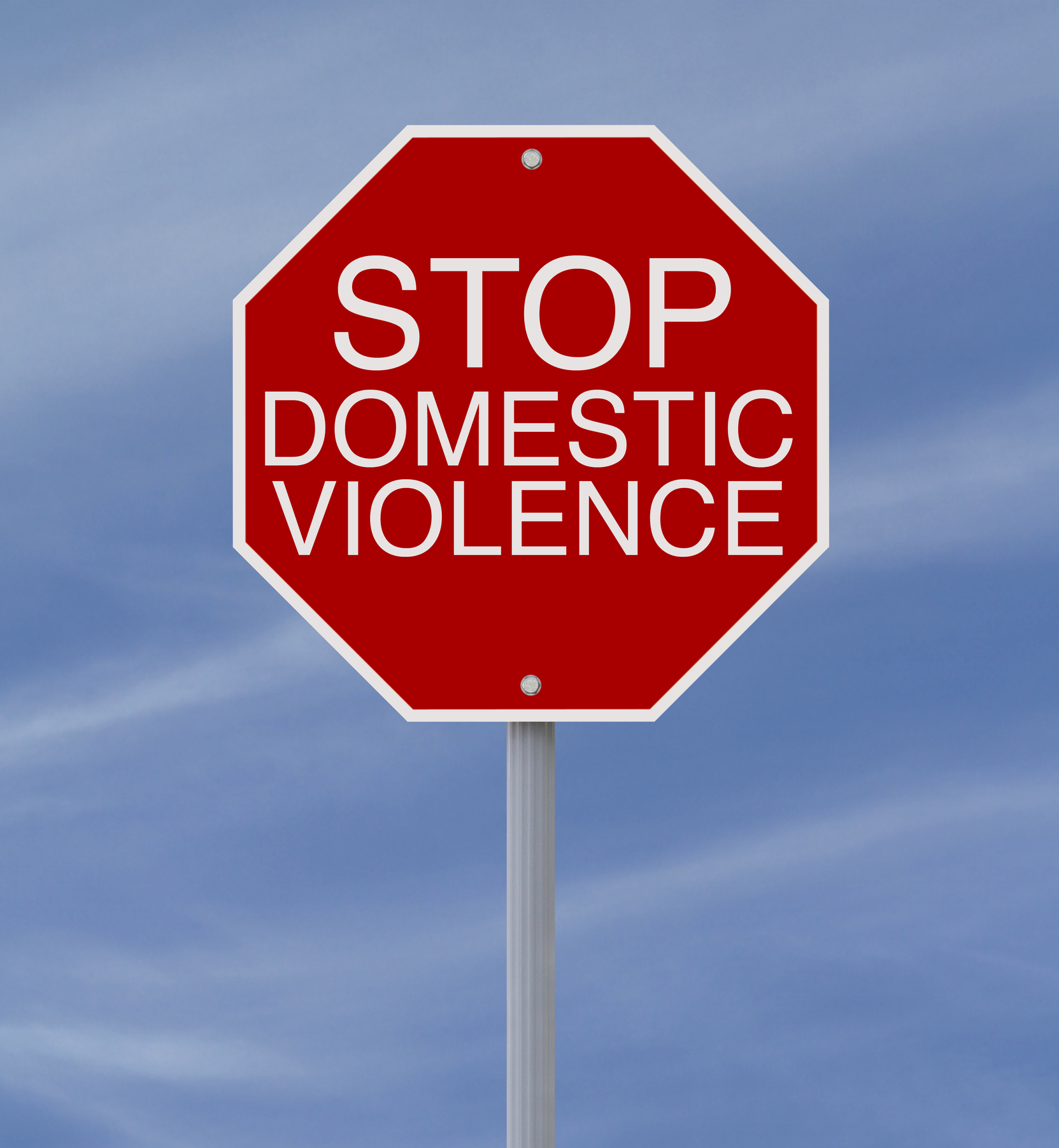Table of Contents
Is it Possible to Get an Order Extending Orders of Protection in New York
Extending Orders of Protection when it is due to expire is possible on a showing of “good cause.”
The first and most important thing to know is that extending an order protection only works if it was issued by the Family Court. An order of protection issued by the Criminal Court cannot be extended once it has expired.
Orders of Protection: The Basics
Under ordinary circumstances, a Family Court will issue a final order of protection.
Before we discuss extending orders of protection, let’s address what it is in the first place.
Understanding Family Court Orders of Protection
- Defining an Order of Protection: A Family Court Order of Protection is a court-issued directive that prohibits certain actions or contact between two individuals. It aims to prevent further abuse, harassment, or violence and ensure the safety of the petitioner. This type of order can be obtained through Family Court and is applicable in cases involving familial or intimate relationships.
- There Must be a Violation of the New York Penal Law: Merely being mean is not enough. There must be a violation of specific sections of the penal law, such as assault, harassment, and stalking.
- Scope of an Order of Protection: An Order of Protection can impose various restrictions on the respondent. These may include staying away from the petitioner, their home, workplace, or school. The order may also prohibit any form of contact, such as phone calls, texts, or emails. However, exceptions can be made for visitation arrangements involving children.
- Types of Family Court Orders of Protection: Family Court can issue two types of orders: full orders of protection and limited orders of protection.a. Full Order of Protection: A full order of protection requires the respondent to maintain complete distance from the petitioner and refrain from any form of abuse, harassment, or threats. The respondent must stay away from the petitioner’s home, workplace, and other relevant locations.b. Limited Order of Protection: A limited order of protection allows for some level of contact between the parties involved. However, the respondent is still prohibited from engaging in abusive or threatening behavior.
Obtaining a Family Court Order of Protection
- Filing a Family Offense Petition: To initiate the process of obtaining a Family Court Order of Protection, the petitioner must file a family offense petition with the Family Court clerk. This petition outlines the specific incidents of abuse or violence and the relationship between the petitioner and the respondent.
- Eligibility for a Family Court Order of Protection: The petitioner must have a qualifying relationship with the respondent to seek a Family Court Order of Protection. This can include being current or former spouses, having a child together, or being related by blood or marriage. Additionally, a current or former intimate relationship can also establish eligibility, even if there was not a sexual relationship.
- Petition Review and Temporary Order of Protection: After submitting the petition, the petitioner will appear before a judge who will review the details and determine whether there is sufficient cause to issue a temporary order of protection. This temporary order remains in effect until a future court date is scheduled.
- Serving the Respondent: It is crucial to serve the respondent with the order of protection to ensure its validity. In New York, the New York City Sheriff’s Office or the local police can assist in serving the order. Alternatively, a trusted individual over the age of 18, who is not a party to the case, can serve the order on behalf of the petitioner.
Family Court vs. Criminal Court Orders of Protection
- Family Court Orders of Protection: Family Court can issue orders of protection in cases involving familial or intimate relationships. These orders are obtained through the filing of a family offense petition and are focused on preventing further harm and maintaining the safety of the petitioner.
- Criminal Court Orders of Protection: In situations where the abusive behavior results in criminal charges, Criminal Court can issue orders of protection during the arraignment process. These orders are temporary and remain in effect until the case is resolved. They can provide additional protection for the victim and may be incorporated into a plea deal or sentencing.
- Supreme Court Orders of Protection: Supreme Court, as part of divorce or criminal proceedings, can also issue orders of protection. These orders are typically granted in cases involving ongoing divorce proceedings where the safety of the parties involved needs to be ensured.
Duration and Modification of Family Court Orders of Protection
- Temporary Order of Protection: A temporary order of protection is issued immediately after filing for an order of protection and remains in effect until the next court date. It can be extended if necessary.
- Final Order of Protection: A final order of protection is issued when the case results in a conviction or when a judge determines that a family offense has been committed. It can last for a specified duration, typically one or five years, depending on the circumstances.
- Modifying an Order of Protection: Either party can request a modification of the order of protection. The court may consider changes to the order based on the circumstances, such as adding visitation provisions or altering the level of contact allowed.
- Extending an Order of Protection: If there is a valid reason, an order of protection can be extended beyond its expiration date. This extension ensures continued protection for the petitioner.
Violating a Family Court Order of Protection
- Consequences of Violation: Violating a Family Court Order of Protection is a crime. If the respondent violates the order, the petitioner should report the incident to the police. In emergency situations, calling 911 is appropriate. Non-emergency violations can be reported at a local police precinct or in Family Court.
- Reporting a Violation: If the petitioner has a Family Court order of protection, they can choose to report the violation to the police, file a violation in Family Court, or pursue both avenues simultaneously. Reporting a violation ensures that legal action is taken against the respondent.
Expired Orders of Protection and Extending Orders of Protection
When the order expires, it is done. However, under the Family Court Act, the petitioner can make a motion extending the orders of protection past the expiration for “good cause.”
“Good cause” is not defined in the statute. So, what the heck does that mean and how can we seeking extending orders of protection?
Recently, in a court involving extending orders of protection an appellate court addressed this issue. The court recognized that “good cause” is not defined but pointed out that this not an obscure term.
The court looked to various factors which would establish good cause: the nature of the relationship, the original circumstances which led to the order of protection, the state of relationship at the time of new request, frequency of interaction between the parties, any subsequent domestic violence, or violation of the previous order and whether current circumstances are such that there is a concern for the safety and well being of the petitioner.
In the case the court was looking at: (1) the parties had a child in common, (2) they continued to interact, (3) the child exchange occurred at a police, (4) the respondent has a history of assaulting the petitioner, (5) and since the original order the respondent pleaded guilty to disorderly conduct and was issued a two year order of protection by the criminal court (in addition to the Family Court Order) to stay away from the petitioner.
In this case, the court found “good cause.” So, now we have some guidance on extending orders of protection.
Remember never compromise your safety. Here’s the link to the New York State Domestic Violence Hotline: http://www.opdv.ny.gov/help/dvhotlines.html
Call Port and Sava for a Free 15 Minute Telephone Consultation
Call Port and Sava at (516) 352-2999 for a free telephone consultation.

